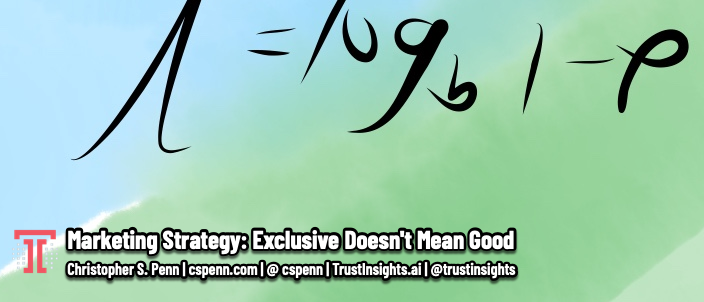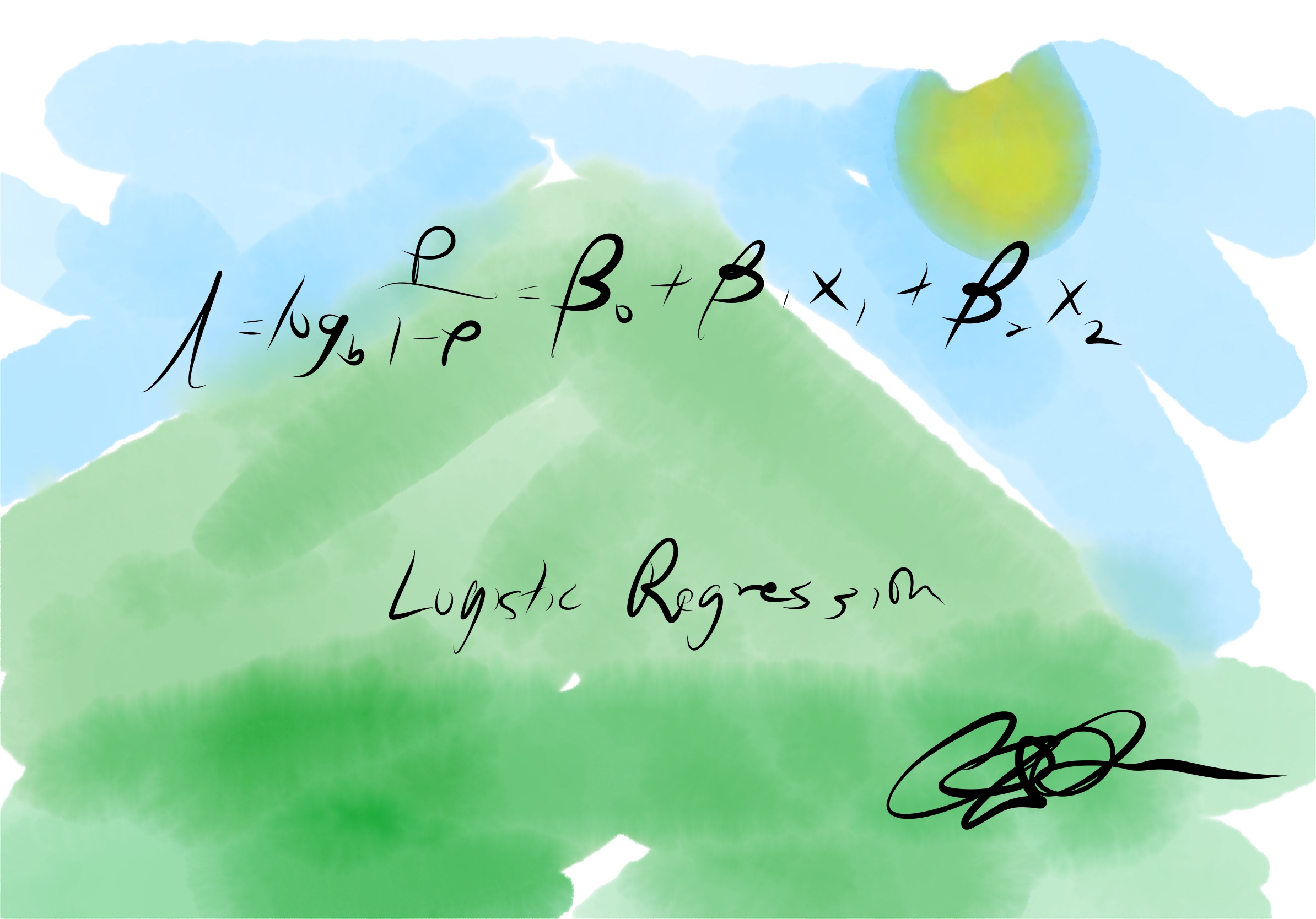
Let’s talk marketing strategy for a second. I received an “exclusive” invitation the other day for a deal with some mastermind group I’d never heard of:
Heya Reader! EXCLUSIVECLUB is the fastest way to level-up your marketing strategy. It gives you exclusive access to weekly office hours with SOMECOMPANY experts (including with me!), coaches, marketing expert masterclasses, drop-in sessions and dedicated monthly workshop sessions, exclusively for EXCLUSIVECLUB Members.
So many things have gone wrong with this. Let’s unpack it a bit.
By nature, something that is exclusive is not welcoming to everyone. You are intentionally excluding other people outside a select group (hence exclusive). If your email starts with a generic “Hey Reader”, then that sort of bursts the bubble, the illusion of actual exclusivity.
Exclusion is forced scarcity. When you say something is exclusive, you’re limiting access in some way to make it appear more valuable than it probably is. Generic marketing is therefore antithetical to creating exclusion, because exclusion’s implication is that you know who I am. It’s like sales pitches that start with “there are only 1,000 seats available for this exclusive webinar”. Kind of doesn’t create that environment of intentional scarcity.
Second and far more important, just because it’s exclusive doesn’t mean it’s good. For example, I could take a drawing I made on my iPad of a crappy watercolor landscape, with the handwritten formula for logistic regression, and issue it as a limited NFT (non-fungible token, a type of cryptocurrency purchase). It would indeed be exclusive – the barrier to entry alone for an NFT intentionally excludes a whole bunch of people who don’t want the time or hassle of setting up the extensive mechanics of buying an NFT.
The mechanics of setting up an NFT are daunting; there’s a real dollar cost to putting things up for sale (which is why mine isn’t). But here’s the underlying thing…

The underlying asset, the picture above, just isn’t very good. Exclusive? Yes. Hard to obtain? Yes. It’s literally a one-of-a-kind product. But it’s fundamentally not valuable because it’s low quality.
This is where marketing exclusivity goes wrong. Bad marketers treat exclusivity like it’s Nutella, putting it on everything in the hopes that people want it more; they hope that by making something exclusive, it increases the value perception and masks the fact that what they’re selling doesn’t have much intrinsic value. It’s the proverbial putting lipstick on a pig, and what the marketer who wrote that email to “Reader” did.
Here’s the part about exclusivity that bad marketers fail to understand. Something with high intrinsic value automatically has some level of exclusivity. Sometimes it’s literal; a high-demand product can run out, and just getting the product at all is an elite club. Ask any parent that’s had to search store after store for a valued toy for the holidays how exclusive that club can be.
Other times, a high-value product is simply priced out of reach of some of the market. The latest high-end smartphone from the manufacturer of your choice probably costs as much as a laptop computer. And in still other cases, there’s simply a limit on supply.
For professional services, you only have (or should have) 8 working hours per day. If those 8 hours are booked with valuable clients, then there’s simply no more room in the queue for new clients unless they’ve got something to offer that can displace an existing client. In these cases, the marketer doesn’t have to create exclusivity. The service’s value and your inherent time constraints do that automatically.
Exclusivity is like humility. If you have to say it, it’s probably not true. If you want to create real exclusivity, make your product or service so valuable that real resource constraints apply to it. You know you’ve reached true exclusivity when, instead of telling customers how exclusive your product or service is, you’re constantly apologizing that you can’t make more.
You might also enjoy:
- Almost Timely News, January 7, 2024: Should You Buy a Custom GPT?
- Almost Timely News: Principles-Based Prompt Engineering (2024-02-25)
- Mind Readings: You Need Passwords for Life in the Age of Generative AI Fraud
- You Ask, I Answer: Retrieval Augmented Generation vs Fine-Tuning?
- Mind Readings: What Makes A Good Conference/Event?
Want to read more like this from Christopher Penn? Get updates here:
 Take my Generative AI for Marketers course! |


Leave a Reply